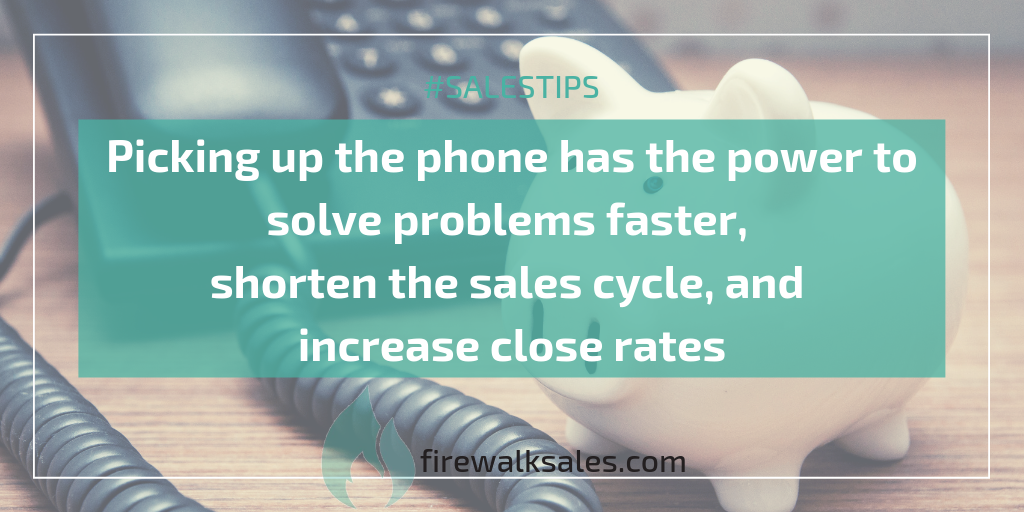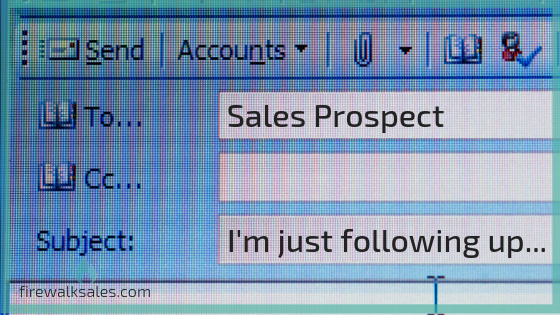This time last year, I set my reading goal on Goodreads. Somewhere around a book a week seemed like a reasonable stretch. This morning, I realized that I read 70 books against my target of 50. Thinking about my goal for 2020, my instant reaction was, “Next year, I’ll go for 100!”
It made me laugh. It wasn’t the villainous, “Bwaahahaha!” cackle of an evil villain (or genius mouse) vowing to take over the world. It was more of a head-shaking, ironic chuckle.
I thought, “This is exactly how struggling companies set sales goals.”
Chances are pretty good that you’ve worked in a company where a future target was set at an arbitrary point somewhere above the previous number.
“We did $700,000 in 2019. Next year we will book ONE MILLION DOLLARS!” (Bwaahahaha!)
Here’s the thing: $1M might be the right number. 100 books might the right number. The problem is the process of establishing and supporting that goal. Perhaps this will sound truly crazy to a few of you (and it should), but there are a LOT of businesses out there that set sales goals based solely on a wish to do more than they did last year. In some cases, it’s more than they didn’t do last year.
Relating this back to my book goal, there’s a lot more to consider:
- Did I really read more than a book every week on a consistent basis, or were there critical factors that allowed (or forced) me to read a lot more during specific weeks?
- Looking ahead at 2020, what do I already have planned that could impact the goal?
- How was the experience of reading 70 books? Did it feel stressful or energizing? How did it impact the people around me and my life (i.e. culture) in general? Positives? Negatives?
- Pressured to read more, would I tackle books without enough consideration, or be afraid of giving away those that weren’t right for me? What are the other potential pitfalls? What values and guidelines will I use to stay focused on what’s important?
- Can I read 100 books next year with my current resources? Do I have enough time? Are there other things I will need to shift or delegate? Do I have the right budget, i.e. for extra Audible credits, more books, better headset, etc?
- How will I stay on track with my goal in a way that holds me accountable, while giving me energy and support to do more?
- How scalable and sustainable is this? What I should start to do or think about now to help me with longer-term goals?
But wait, there’s more. Whether or not you’ve already set your sales goal for 2020, let’s talk. Even if the number is set, I can give you some tips on how to ensure you have the right mindset, message, and methods to get there. Click here to book a helpful conversation or email charlene@firewalksales.com.






